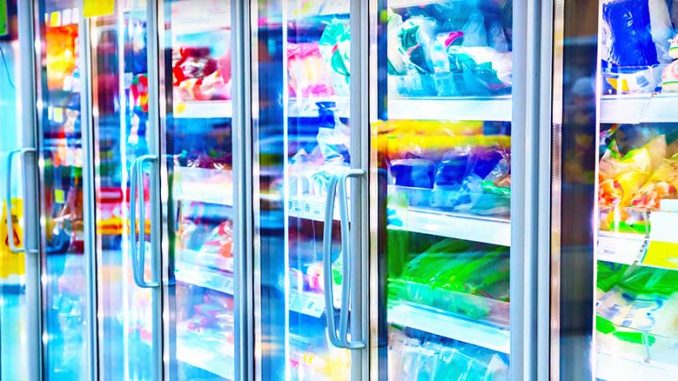FROZEN FOOD SALES STILL INCREASING IN THE US
05 Mon, 2020

Seven in 10 frozen food shoppers have bought more frozen food products since the beginning of the COVID-19 pandemic, according to a study by the American Frozen Food Institute (AFFI).
Data in the "Frozen Food Sales Amid COVID-19" study shows that frozen food sales are increasing by 30 to 35% in April, following the huge spike of 93% seen in March.
"Frozen foods have emerged as a sales powerhouse amid COVID-19 buying," the AFFI-210 Analytics report said. "Sales patterns during the first week of March 2020 were much in line with the 2019 results. While nonfood sales, such as paper goods and household supplies, started gearing up the week ending March 8, food sales took over starting the week of March 15. Frozen foods quickly emerged as a growth leader, nearly doubling sales the week ending March 22 compared with the comparable week in 2019. The weeks ending March 15 and 22 were the two big panic buying weeks, but frozen food sales remained highly elevated going into the second week of April.” The most frequently purchased items were frozen vegetables, meat/poultry and pizza. “The vast majority of consumers bought at least some frozen foods prior to coronavirus- induced shopping. The larger their freezer capacity, the greater the tendency to purchase frozen foods,” the study said. “Those patterns remained true during the weeks of panic buying and beyond, as frozen foods emerged as a sales powerhouse for immediate consumption and backup supply."
Publication date: May 06, 2020.
Related Post
The true fishmeal carbon footprint
The established Life Cycle Analysis (LCA) methodology to assess the fishmeal carbon footprint only accounts for the vessel fuel and post-harvest processing energy while ignoring the carbon sequestration potential of fish.
View more
Freezing Tropical Fruits: Convenient and Effective Solution with Octofrost Machines
Tropical fruits are always a great choice for providing nutrition and fresh flavor to daily meals.
View more


